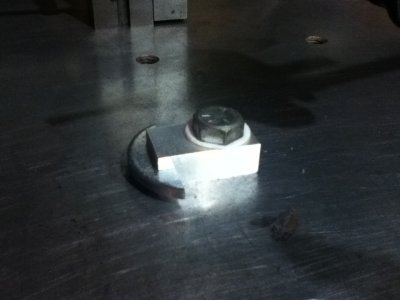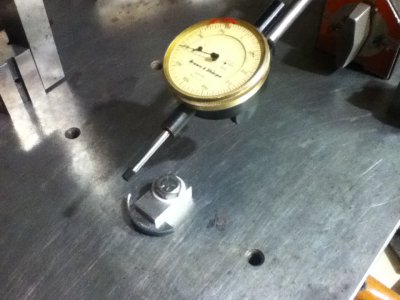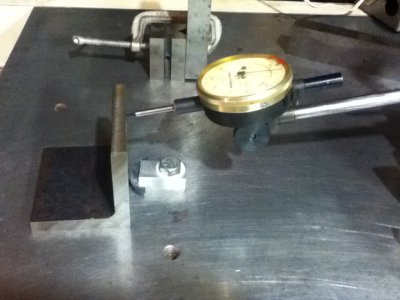A
Andre
Forum Guest
Register Today
Made this little bit for measuring squareness. It bolts to my cast iron plate and holds a piece of steel washer, simple but effective.


And here it is measuring the angle plate I built in this thread.

My angle plate ended up about a thou out.
Hope you guys find this interesting, and no I did not drill and tap a hole in the surface plate, it already has a pattern of tapped holes in it.





And here it is measuring the angle plate I built in this thread.

My angle plate ended up about a thou out.
Hope you guys find this interesting, and no I did not drill and tap a hole in the surface plate, it already has a pattern of tapped holes in it.




